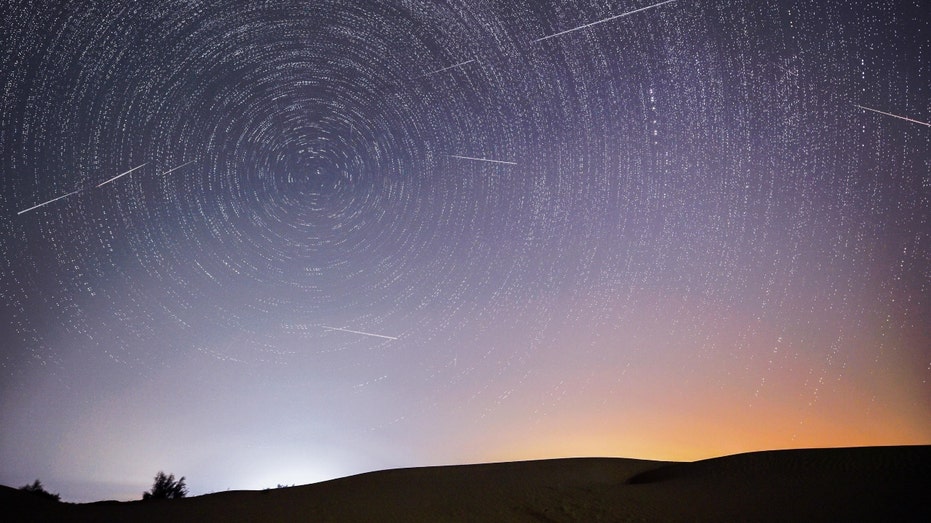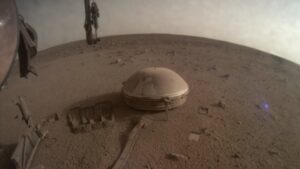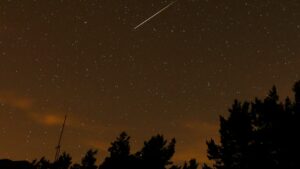
Prepare for a Celestial Spectacle: The Perseid Meteor Shower Peaks This Sunday Night
Stargazers, mark your calendars! The spectacular Perseid meteor shower is set to reach its peak late Sunday night, promising an unforgettable celestial display. This year’s event is particularly exciting, as it coincides with a dark sky, thanks to the early setting of the moon, allowing for optimal viewing conditions.
When and Where to Watch the Meteor Shower
According to NASA, the best time to observe the Perseids is from midnight to dawn, with the highest meteor activity occurring just before sunrise when the radiant point—located in the constellation Perseus—rises high in the sky. However, observers are encouraged to keep their gaze wide; meteors can streak across any part of the night sky.
The Perseid meteor shower has been dazzling skywatchers since mid-July and is renowned for its stunning display of bright blue meteors. University of Warwick astronomer Don Pollacco describes the shower as one of the most vibrant and accessible meteor events of the year.
Understanding the Perseids
This annual meteor shower occurs when Earth travels through the debris left behind by the comet Swift-Tuttle. While many nights during this event may only yield a handful of meteors per hour, the peak can deliver a spectacular show. NASA estimates that on peak nights, observers might witness anywhere from a few dozen to as many as two hundred shooting stars each hour.
As the moon approaches its 53% waxing phase, it will set just after 10:30 PM, creating a window for optimal meteor viewing for those located in areas with minimal light pollution and clear skies.
Tips for the Best Viewing Experience
- Seek Darkness: Find a location away from city lights to enhance your chances of seeing meteors.
- Check the Weather: Before heading out, verify the weather report to avoid fog or cloud cover that could obstruct your view.
- Be Patient: Give yourself time to adjust to the darkness and enjoy the show without the need for special equipment.
Budding astronomers might catch up to 50 meteors per hour under ideal conditions. As these space rocks enter Earth’s atmosphere, they heat up due to air resistance, creating a glowing trail that resembles a shooting star. The Perseids are known for their larger particles, which often appear as bright fireballs, making them easier to spot than meteors from other showers.
Why the Perseids Are Unique
The Perseid meteor shower is often hailed as the best of the year, not only for its impressive meteor rates but also because of the typically clear and pleasant weather in August. Interestingly, it is the only meteor shower that has ever delayed a Space Shuttle launch, specifically STS-51 in 1993.
For the best viewing experience, locate yourself in the Northern Hemisphere, where the shower is most visible. Remember, you don’t need to focus on the radiant point; meteors can appear anywhere in the sky. As NASA advises, “All you need to catch the show is a clear sky, darkness, and a bit of patience.”
Get ready to enjoy one of nature’s most amazing displays this Sunday night!

